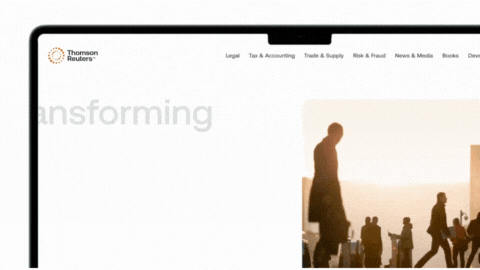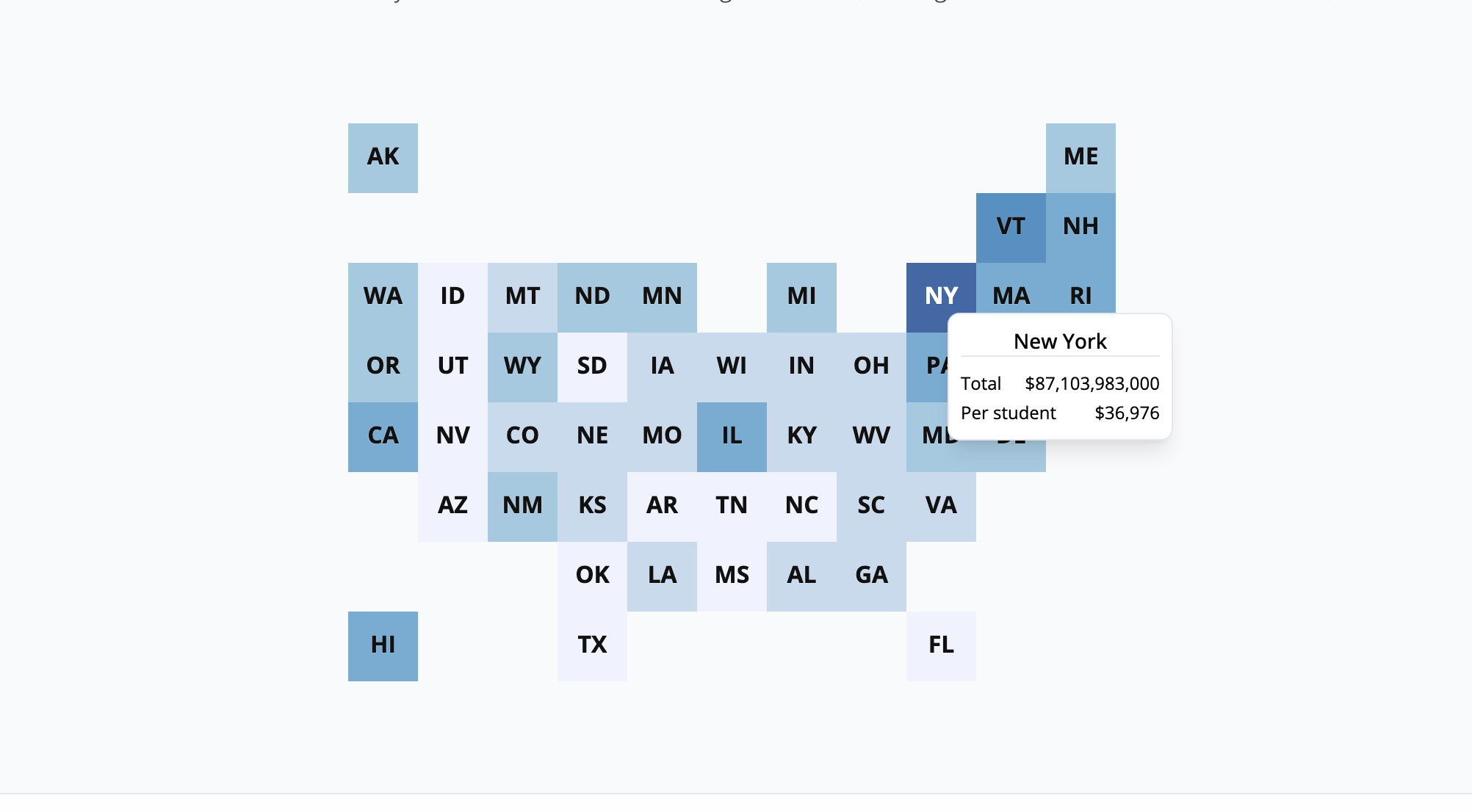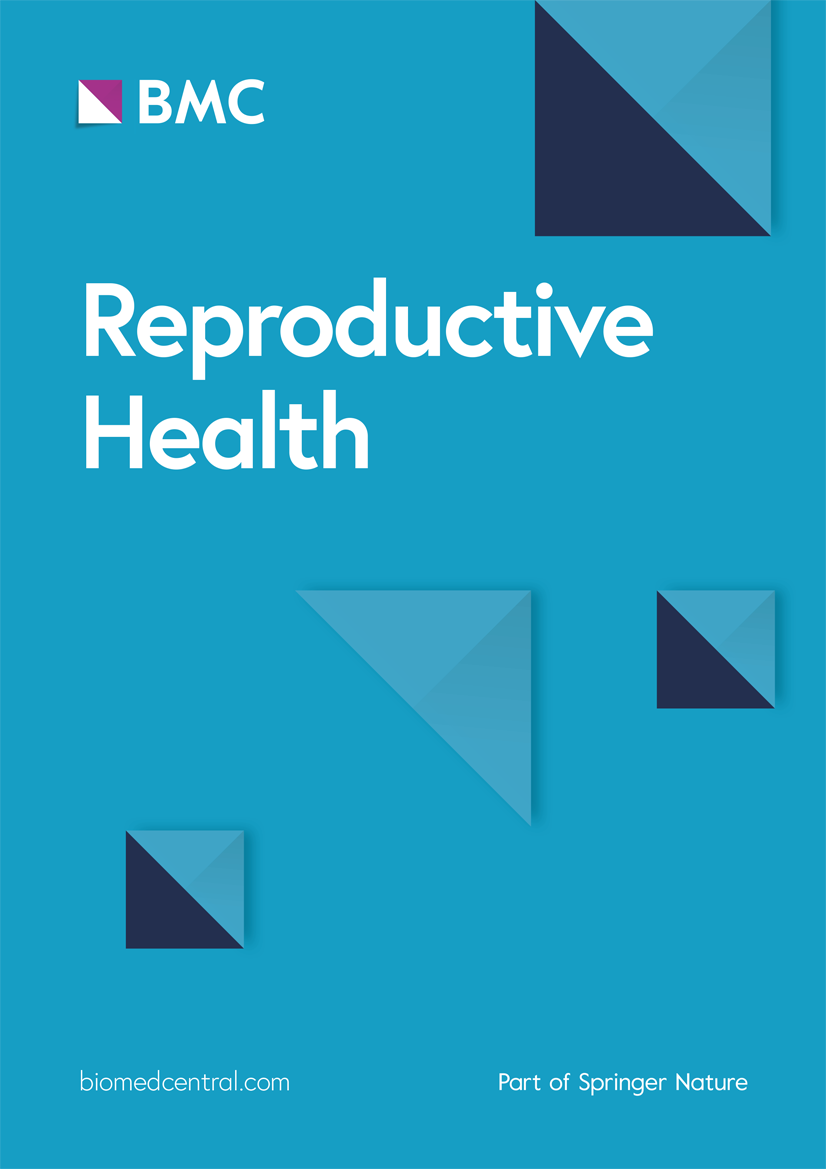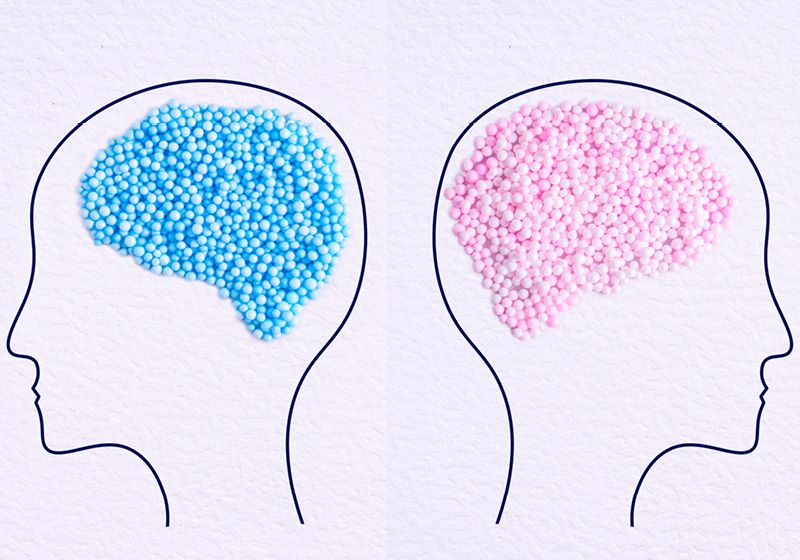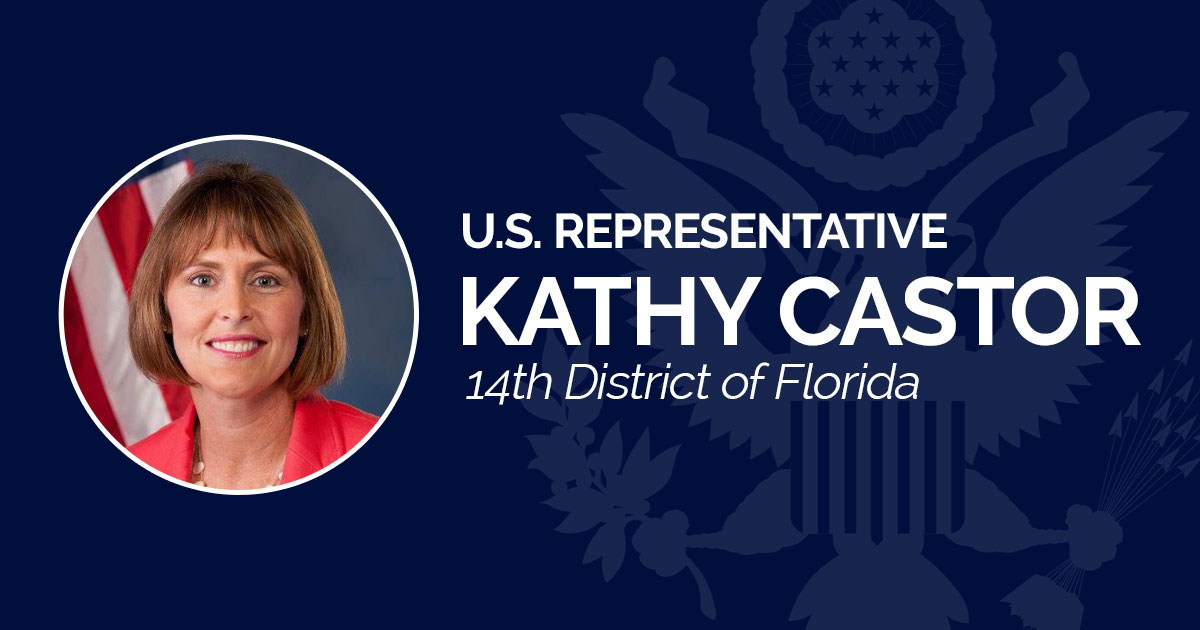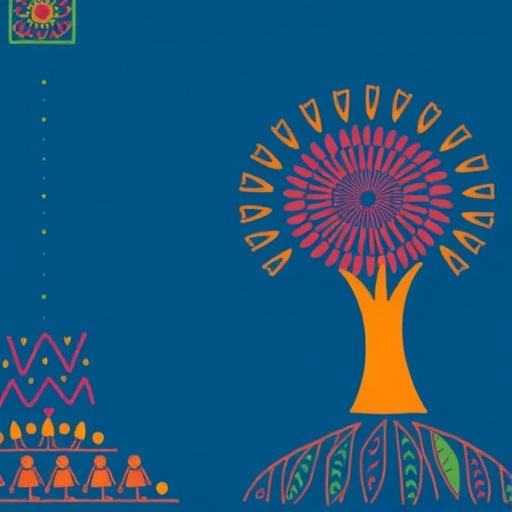Course Highlight: PHP1681 Reproductive Health, Rights and Justice – Brown University

Educational Initiative Advances Sustainable Development Goals through Reproductive Health Curriculum
Fostering Good Health and Well-being (SDG 3) and Gender Equality (SDG 5)
An undergraduate course at the School of Public Health, titled Reproductive Health, Rights and Justice, directly supports the advancement of Sustainable Development Goal 3 (Good Health and Well-being) and Goal 5 (Gender Equality). The program’s focus on the historical and social forces shaping reproductive rights provides a framework for understanding and improving health outcomes, particularly for women and marginalized groups.
- The curriculum is designed to promote universal access to sexual and reproductive health-care services, a key target (3.7 and 5.6) of the SDGs.
- It addresses critical components of reproductive health that are central to achieving gender equality and ensuring well-being for all.
Key curriculum components addressing SDG targets include:
- Contraception and abortion
- Maternal health disparities
- Barriers to care
- Assisted reproduction
Addressing Inequalities and Promoting Justice (SDG 10 & SDG 16)
The course places significant emphasis on reducing inequalities (SDG 10) and promoting peace, justice, and strong institutions (SDG 16). By examining the impact of laws and policies on reproductive health, the program highlights systemic barriers and advocates for equitable solutions.
- A primary objective is to analyze the disproportionate effect of policy on marginalized communities, directly aligning with SDG 10’s mission to reduce inequality.
- The course content explores historical injustices and contemporary legal challenges, contributing to the discourse on building effective and inclusive institutions as outlined in SDG 16.
Topics that intersect with SDG 10 and SDG 16 are:
- Sexuality regulation
- Eugenics and sterilization
- Pregnancy and the criminal legal system
- Parenting laws
According to Professor Tobin-Tyler, the course provides students with “the tools to analyze and advocate for evidence-based reproductive health policies,” thereby strengthening institutional accountability.
Enhancing Quality Education for Sustainable Development (SDG 4)
As an educational offering, the course itself exemplifies the principles of Quality Education (SDG 4), particularly Target 4.7, which aims to ensure learners acquire the knowledge and skills needed to promote sustainable development, human rights, and gender equality.
- Student testimonials confirm the course’s impact, describing it as a source of “solace, curiosity and motivation.”
- The curriculum’s integration of community-centered approaches, such as lectures from practicing doulas, alongside critical engagement with biomedical practices, demonstrates an interdisciplinary and holistic educational model.
- One student noted, “Public health at its best should integrate across disciplines and honor knowledge from those within various fields,” confirming the course’s success in epitomizing these vital connections for effective and sustainable public health practice.
Analysis of Sustainable Development Goals in the Article
1. Relevant Sustainable Development Goals (SDGs)
-
SDG 3: Good Health and Well-being
The article is fundamentally about health. It focuses on a course titled “Reproductive Health, Rights and Justice,” which directly addresses key components of public health. Specific topics mentioned, such as “contraception, abortion, barriers to care, assisted reproduction, maternal health disparities,” are central to ensuring healthy lives and promoting well-being for all at all ages.
-
SDG 5: Gender Equality
Reproductive health and rights are integral to achieving gender equality. The article highlights the course’s exploration of “sexuality regulation, sterilization, contraception, abortion,” and “parenting laws,” all of which are issues that disproportionately affect women and are critical to their empowerment and autonomy.
-
SDG 10: Reduced Inequalities
The article explicitly states that the course has an “emphasis on marginalized communities” and examines “maternal health disparities.” This directly connects to the goal of reducing inequalities within and among countries by addressing how laws and policies impact different population groups unequally.
-
SDG 16: Peace, Justice and Strong Institutions
The course analyzes the “impact laws and policies have on reproductive health” and the “shifting legal landscape.” It also covers topics like “eugenics, sterilization,” and “pregnancy and the criminal legal system,” which relate to justice, the rule of law, and the role of institutions in protecting or violating human rights.
2. Specific Targets Identified
-
Target 3.7: By 2030, ensure universal access to sexual and reproductive health-care services, including for family planning, information and education, and the integration of reproductive health into national strategies and programmes.
- The article’s focus on “contraception,” “abortion,” “barriers to care,” and “maternal health” directly relates to sexual and reproductive health-care services. The course itself serves as a form of information and education, and its goal to equip students to “advocate for evidence-based reproductive health policies” supports the integration of reproductive health into national strategies.
-
Target 5.6: Ensure universal access to sexual and reproductive health and reproductive rights as agreed in accordance with the Programme of Action of the International Conference on Population and Development and the Beijing Platform for Action and the outcome documents of their review conferences.
- The course title, “Reproductive Health, Rights and Justice,” and its exploration of the “historical and social forces that shape reproductive rights” directly align with this target. The discussion of the “shifting legal landscape” underscores the ongoing struggle for these rights.
-
Target 10.3: Ensure equal opportunity and reduce inequalities of outcome, including by eliminating discriminatory laws, policies and practices and promoting appropriate legislation, policies and action in this regard.
- The course’s “emphasis on marginalized communities” and its examination of historical discriminatory practices like “eugenics” and “sterilization” connect directly to this target. It analyzes how laws and policies create “maternal health disparities,” which are inequalities of outcome.
-
Target 16.b: Promote and enforce non-discriminatory laws and policies for sustainable development.
- By examining the “impact laws and policies have on reproductive health” and topics like “eugenics” and the “criminal legal system,” the course directly addresses the role of discriminatory (or non-discriminatory) laws and policies. The aim to “advocate for evidence-based reproductive health policies” is an action towards promoting non-discriminatory policies.
3. Indicators Mentioned or Implied
The article does not provide quantitative data but implies several qualitative and process-based indicators used to measure progress towards the targets.
- Analysis of legal and policy frameworks: The article repeatedly mentions the course’s focus on the “impact laws and policies have,” the “shifting legal landscape,” and “parenting laws.” This implies that an indicator of progress is the existence and nature of national laws and policies that protect reproductive rights and ensure access to care.
- Health disparities between population groups: The specific mention of “maternal health disparities” and the “emphasis on marginalized communities” implies that a key indicator is the measurement of differences in health access and outcomes among various social and economic groups.
- Access to reproductive health education: The existence of the course itself, “Reproductive Health, Rights and Justice,” serves as an indicator of progress in providing comprehensive education on these topics, which is a crucial component of ensuring access to information as specified in Target 3.7.
- Barriers to care: The article lists “barriers to care” as a topic. The identification and analysis of these barriers (legal, economic, social) serve as an indicator to measure the level of universal access to healthcare.
Summary Table of SDGs, Targets, and Indicators
| SDGs | Targets | Indicators (Implied from the Article) |
|---|---|---|
| SDG 3: Good Health and Well-being | 3.7: Ensure universal access to sexual and reproductive health-care services, information and education. |
|
| SDG 5: Gender Equality | 5.6: Ensure universal access to sexual and reproductive health and reproductive rights. |
|
| SDG 10: Reduced Inequalities | 10.3: Ensure equal opportunity and reduce inequalities of outcome, including by eliminating discriminatory laws. |
|
| SDG 16: Peace, Justice and Strong Institutions | 16.b: Promote and enforce non-discriminatory laws and policies for sustainable development. |
|
Source: sph.brown.edu

What is Your Reaction?
 Like
0
Like
0
 Dislike
0
Dislike
0
 Love
0
Love
0
 Funny
0
Funny
0
 Angry
0
Angry
0
 Sad
0
Sad
0
 Wow
0
Wow
0

